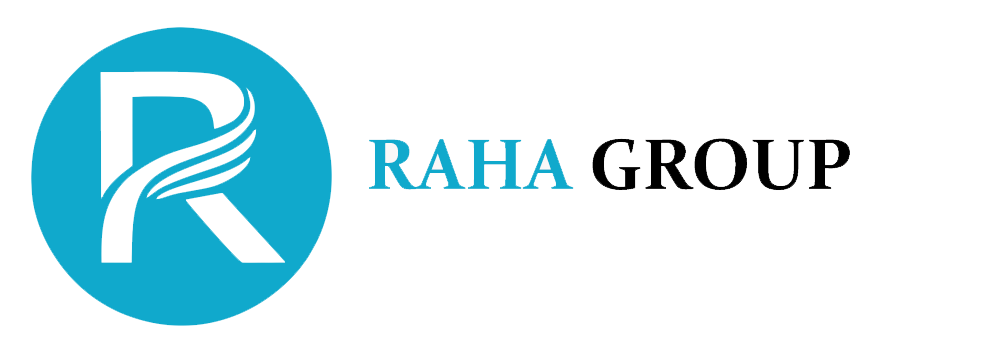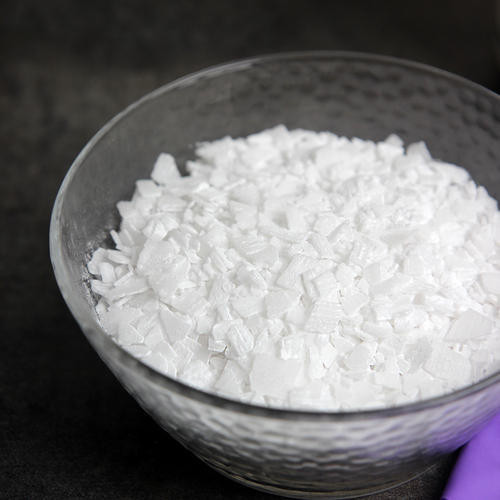
Wiki
Sodium Hydroxide

Description of Sodium Hydroxide
Sodium hydroxide is an inorganic compound with formula NaOH. It is a white solid ionic compound consisting of sodium cations Na+ and hydroxide anions OH-. Sodium hydroxide is a highly caustic base and alkali, that decomposes proteins at ordinary ambient temperatures and may cause severe chemical burns. It forms a series of hydrates NaOH.nH2O. The monohydrate sodium hydroxide (NaOH.H2O) crystallizes from water solutions between 12.3 and 61.8 °C.
The commercially available "sodium hydroxide" is often this monohydrate, and published data may refer to it instead of the anhydrous compound. Sodium hydroxide is used in many industries in the manufacture of pulp and paper, textiles, drinking water, soaps and detergents and as a drain cleaner.
Sodium Hydroxide characteristics
At room temperature, sodium hydroxide is a white crystalline odorless solid that absorbs moisture from the air. It is a manufactured substance. When dissolved in water or neutralized with acid it liberates substantial heat, which may be sufficient to ignite combustible materials. Sodium hydroxide is very corrosive. It is generally used as a solid or a 50% solution. Other common names include caustic soda and lye. Sodium hydroxide is used to manufacture soaps, rayon, paper, explosives, dyestuffs, and petroleum products. It is also used in processing cotton fabric, laundering and bleaching, metal cleaning and processing, oxide coating, electroplating, and electrolytic extracting. It is commonly present in commercial drain and oven cleaners.
Mechanism of Sodium Hydroxide Action
Because of its high-level alkalinity, sodium hydroxide in aqueous solution directly causes bond breakage in proteins (especially disulfide bridges). Hair and fingernails are found to be dissolved after 20 hours of direct contact with sodium hydroxide at pH values higher than 9.2.
Caustic Soda has depilatory effects which have been described after accidental contact with solutions in the workplace. The breakage of bonds in proteins may lead to severe necrosis to the application site. The level of corrosion depends on the period of contact with the tissue, and on the concentration of sodium hydroxide.
Uses of Sodium Hydroxide
Sodium hydroxide is used to manufacture many everyday products, such as paper, aluminum, commercial drain and oven cleaners, and soap and detergents.
- Sodium Hydroxide in Cleaning & Disinfectant Products: It is used to help manufacture a variety of medicines and pharmaceutical products, from common pain relievers like aspirin, to anticoagulants that can help to prevent blood clots, to cholesterol-reducing medications.
- Sodium Hydroxide in Energy: In the energy sector, It is used in fuel cell production. Fuel cells work like batteries to cleanly and efficiently produce electricity for a range of applications, including transportation; materials handling; and stationary, portable and emergency backup power applications. Epoxy resins, manufactured with sodium hydroxide, are used in wind turbines.
- Sodium Hydroxide in Water Treatment: Municipal water treatment facilities use caustic soda to control water acidity and to help remove heavy metals from water. Lye is also used to produce sodium hypochlorite, a water disinfectant.
- Sodium Hydroxide in Food Production: It is used in several food processing applications, such as curing foods like olives or helping to brown Bavarian-style pretzels, giving them their characteristic crunch. Sodium hydroxide is used to remove skins from tomatoes, potatoes and other fruits and vegetables for canning and also as an ingredient in food preservatives that help prevent mold and bacteria from growing in food.
- Sodium Hydroxide in Wood & Paper Products: In many paper making processes, wood is treated with a solution containing sodium sulfide and sodium hydroxide. This helps dissolve most of the unwanted material in the wood, leaving relatively pure cellulose, which forms the basis of paper. In the paper recycling process, sodium hydroxide is used to separate the ink from the paper fibers allowing the paper fibers to be reused again. Sodium hydroxide is also used to refine raw materials for wood products such as cabinets and furniture and in wood bleaching and cleaning.
- Sodium Hydroxide in Other Industrial Manufacturing Uses: It is used in many other industrial and manufacturing processes. It is used to manufacture rayon, spandex, explosives, epoxy resins, paints, glass and ceramics. It is also used in the textile industry to make dyes, process cotton fabric and in laundering and bleaching, as well as in metal cleaning and processing, oxide coating, electroplating and electrolytic extracting.
Toxicity Data of Sodium Hydroxide
Human poisoning cases indicate that a dose of 10 grams orally is fatal. Sodium hydroxide is toxic by oral ingestion. It is corrosive to all tissues. Concentrated vapors lead to serious damage to the eyes and respiratory system. Oral ingestion of Lye, which occurs frequently in children, causes severe tissue necrosis, with stricture formation of the esophagus, often resulting in death. Contact with the skin may result in contact dermatitis, hair loss, as well as necrosis due to severe irritation. Increased incidence of esophageal carcinoma after severe intoxication with caustic soda has been reported in man. In animal studies, long-term dermal contact with substances leading to pH changes in the skin causes the development of tumors, as a result of severe tissue irritation and reparative cell growth. Mutagenic for mammalian somatic cells. May cause damage to the following organs: mucous membranes, upper respiratory tract, skin, eyes. Tumors are not to be expected if the effects of irritation are prevented. To date, there are no relevant studies of the prenatal toxic effects of lye.
Packing of Sodium Hydroxide
Solid form ( Flake ): In 25 kg PP bags that can packed in (250 Kg Jumbo bag) or on pallets with shrinkage.
Liquid form: Flexi tanks and steel drums.
